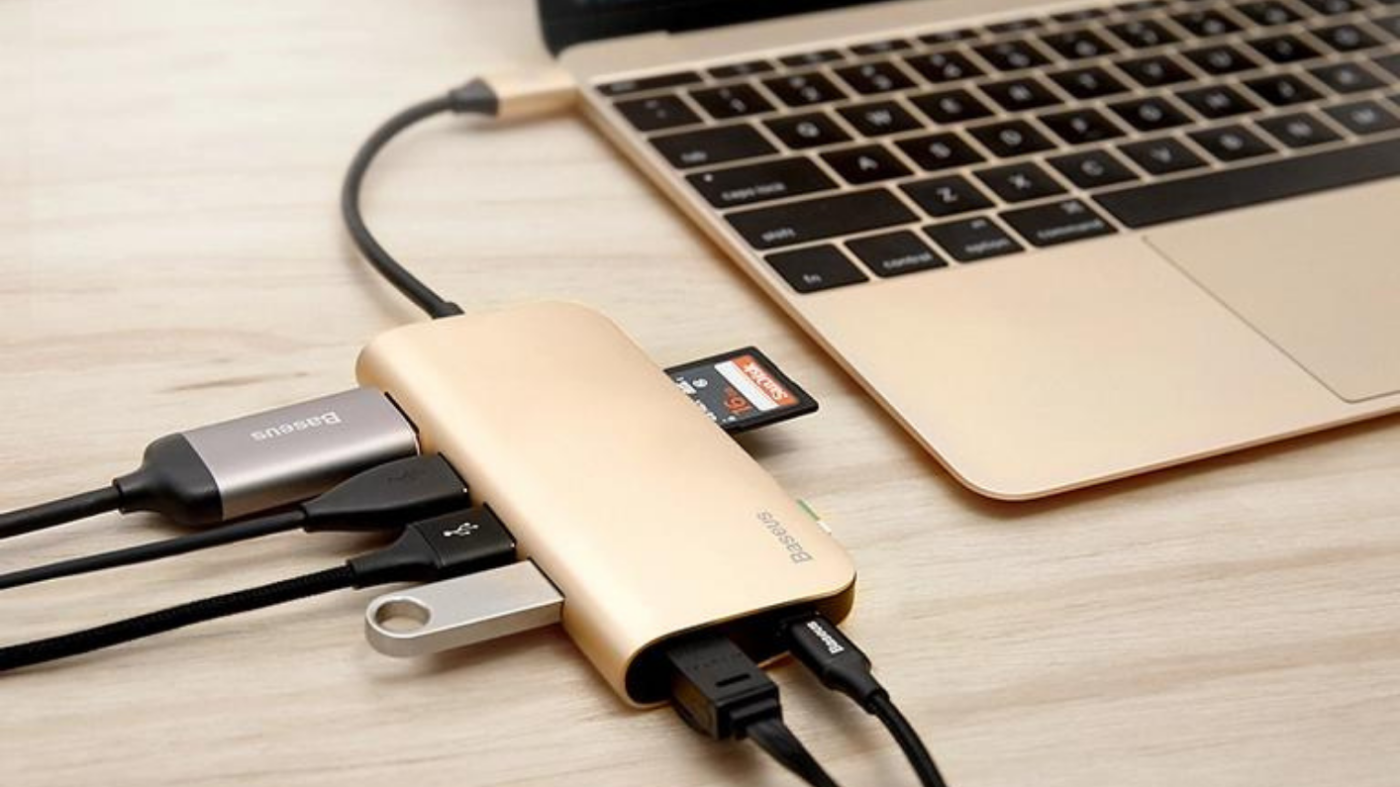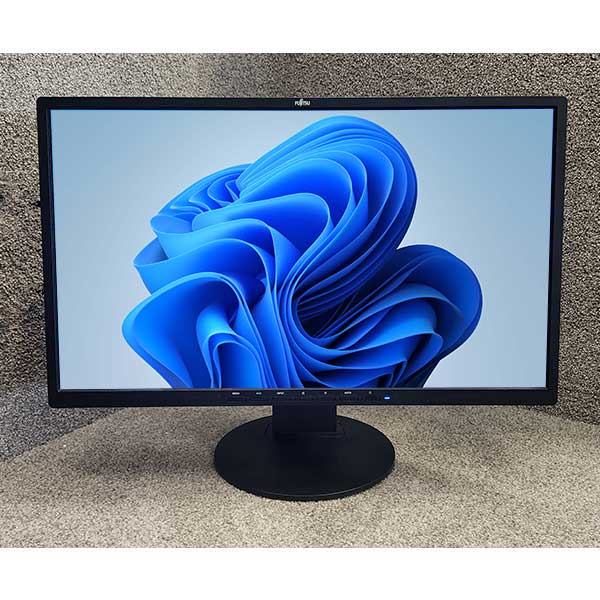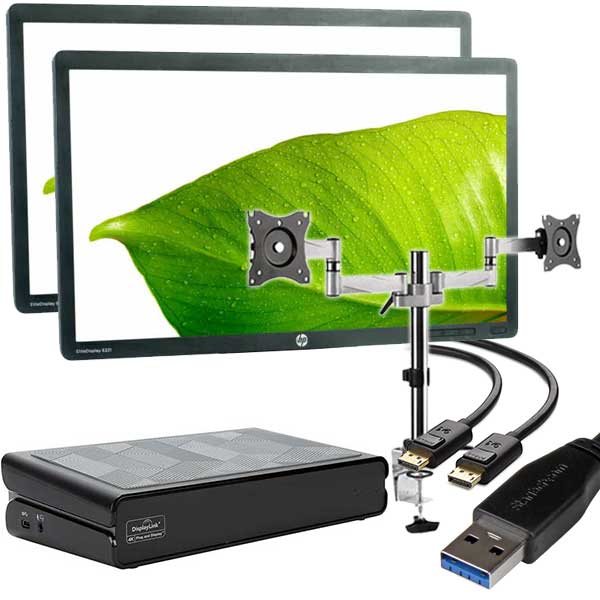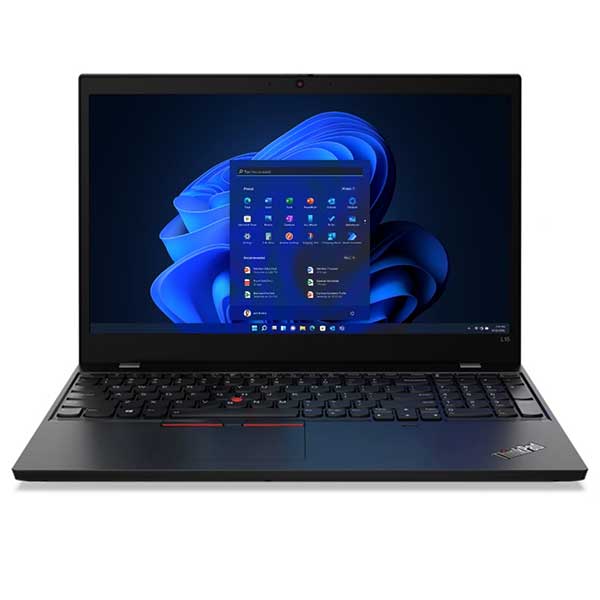General
What is a Docking Station, and why do i need one?
As someone who loves technology and spends a lot of time at their desk, I have come to appreciate the convenience and benefits of using a docking station. In case you’re not familiar with them, a docking station is a device that allows you to easily connect your laptop to a variety of external devices, such as a monitor, keyboard, and mouse. Now, you might be thinking to yourself, “Why do I need a docking station? Can’t I just plug in all of my devices directly to my laptop?” And to that, I say: “Sure, you could do that. But then you’d be missing out on all the fun and benefits of using a docking station!”
For starters, using a docking station can save you a lot of time and hassle. A docking station is a device that allows you to easily connect your laptop or desktop computer to a variety of external devices, such as monitors, keyboards, and printers. They come in various form factors, including tiny, mini, and micro, with the latest being the micro form-factor. Instead of having to constantly plug and unplug different cables every time you want to use your laptop with external devices, a docking station allows you to connect everything at once and then simply dock your laptop when you’re ready to work. This not only saves you the time and frustration of fumbling with cables, but it also helps to keep your desk neat and organized.
But why do you need a docking station? Well, let’s face it – laptops and computers these days are getting smaller and more portable, which is great for on-the-go use. However, this also means that they often lack the necessary ports and connectivity options that we need to use them effectively in a traditional office setting. That’s where a docking station comes in.
With a docking station, you can easily connect all of your peripherals and external devices to your laptop or desktop, without having to worry about carrying around a bunch of separate cables and adapters. This can save you time and hassle, especially if you’re constantly switching between different work environments. So, another benefit of using a docking station is that it can help to improve your productivity. By connecting your laptop to a larger external monitor, you can see more of your work at once and make it easier to multitask. You can also connect a full-sized keyboard and mouse, which can make it more comfortable to work for extended periods of time.
But what about the latest form-factors, you ask? Well, as someone who is constantly on the lookout for the latest and greatest gadgets, I can tell you that the “tiny, mini, micro” trend is alive and well in the world of docking stations. There are now docking stations available in all sorts of compact sizes, so you can easily find one that fits your needs and your workspace.
One final thing to consider when it comes to docking stations is the type of connection they use. In recent years, the rise of USB-C has made it the go-to standard for many devices, including docking stations. But what is USB-C, and what can it do (and not do)?
Well, in a nutshell, USB-C is a type of connector that is capable of transferring data, video, and power. It is reversible, so you don’t have to worry about fumbling around to figure out which way is “up” when you’re plugging in a cable. It is also capable of supporting a variety of protocols, including Thunderbolt and DisplayPort, which means it can handle high-bandwidth data and video signals.
All in all, I think that using a docking station is a smart choice for anyone who wants to improve their productivity, save time, and declutter their workspace. So if you’re still on the fence about whether or not to get a docking station, I highly recommend giving one a try. You’ll be glad you did!














